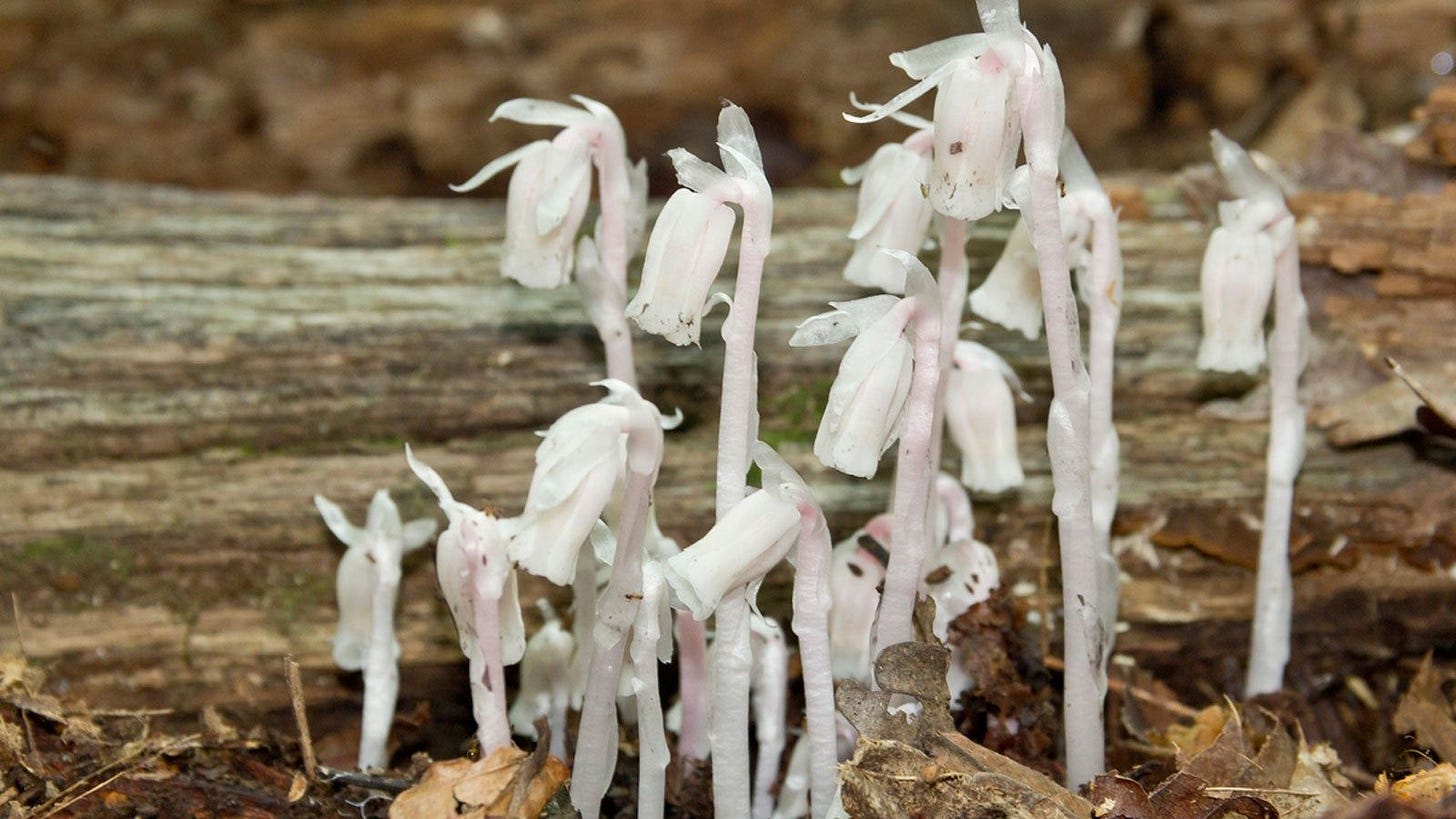The Garden Versus the Wilderness
Addressing the Deficient Worldview of Environmentalism
The worldview of Evolutionism that has developed since Darwin published Origin of the Species in 1859 tends to view the world as only containing two states of nature: pristine wilderness and anything touched by humans as wasteland. This viewpoint has been reinforced by hundreds of nature documentaries that always depict human effects on the wilderness as encroachments that destroy it. However, there is a third category defined in scripture as the garden.
When God created the Earth, the entire world was a wilderness, with the exception of the Garden of Eden, into which God placed mankind.
The Lord God planted a garden eastward in Eden, and there He put the man whom He had formed. And out of the ground the Lord God made every tree grow that is pleasant to the sight and good for food. The tree of life was also in the midst of the garden, and the tree of the knowledge of good and evil.
— Genesis 2:8-9
Then the Lord God took the man and put him in the garden of Eden to tend and keep it.
— Genesis 2:15
How Does the Garden Differ From the Wilderness?
God made every living creature, both plant and animal, with its own set of software, running on the operating system we call DNA. That software contains a full set of possible traits encoded as “alleles” in locations of the DNA called “genes.”
In the wilderness, the default setting of that living software causes the organism that it controls to engage in behaviors that have the greatest chance of ensuring its survival and reproduction to transmit its genes to future generations.
In the wilderness, where “there was no man to till the ground,” virtually all plants compete for light. (The only exceptions are some species that lack chlorophyll, such as Indian Pipe, Monotropa uniflora.) To survive in competition with other plants, wild plants devote the majority of their resources to growing taller to gain access to sunlight. That competition is so intense that the wild plant must direct the majority of its resources into vertical growth, lest it be shaded out and die.
Seeds, fruits, and nuts are resource-intensive. That means they are expensive to the plant. Any resources the wild plant invests in its fruits are diverted from its need to grow taller and capture light. Therefore, the wild plant invests just enough sugar or carbohydrates into fruits and nuts to ensure that animals will eat and disperse their seeds. This is why wild fruits and nuts tend to be small and bitter.
Due to the competition for sunlight, the primary product of the wilderness is woody stems and tree trunks. In the absence of mankind, this tends to accumulate into a large biomass of wood, locking up carbon and carbohydrates in a form that is inaccessible to most animals. Environmentalists glorify old-growth forests. And the sight of redwood trees or ancient oaks in an old-growth forest is indeed majestic and beautiful. However, anyone who has spent a lot of time in an old-growth forest can tell you that the animals in such a forest are few and far between. Not enough light reaches the understory to support forage for deer and other herbivores.
The best land for hunting deer and small game is recently cut-over timberland and the patchwork of fields and woodlots created by human activity.
When God surveyed the wild Earth on the sixth day of creation, He made the following observation:
For the Lord God had not caused it to rain on the earth, and there was no man to till the ground…
— Genesis 2:5
Tilling the ground and watering the plants are the two key activities that characterize the creation of a garden.
When a man tills the ground, he removes competitors to the useful plants that he is cultivating. By removing other plants competing for light, the useful plants are liberated from competition, which enables them to express alleles (or traits) that invest more of the plant’s resources into fruit or beauty. Beautiful traits include large, colorful flowers, variegated leaves, et cetera.
Thus, cultivated blueberries are much larger and sweeter than wild blueberries. Cultivated apples are larger and sweeter than wild apples. Corn, Zea mays, is a 10-foot-tall giant with 8-inch edible ears that was bred from a common grass in South America whose ears are only an inch long.
In the Appalachian Mountains, massive stands of American Chestnut, which is fire-resistant, were “cultivated” by the American Indians who burned the mountain forests every winter. This suppressed competing trees and allowed the chestnuts to develop thick stands. This practice also kept fuel from building up to cause much more harmful, large-scale forest fires.
The primary activity of gardening is removing the competition from desirable species so they can express their best traits to the fullest extent.
Keep reading with a 7-day free trial
Subscribe to Creation History to keep reading this post and get 7 days of free access to the full post archives.



